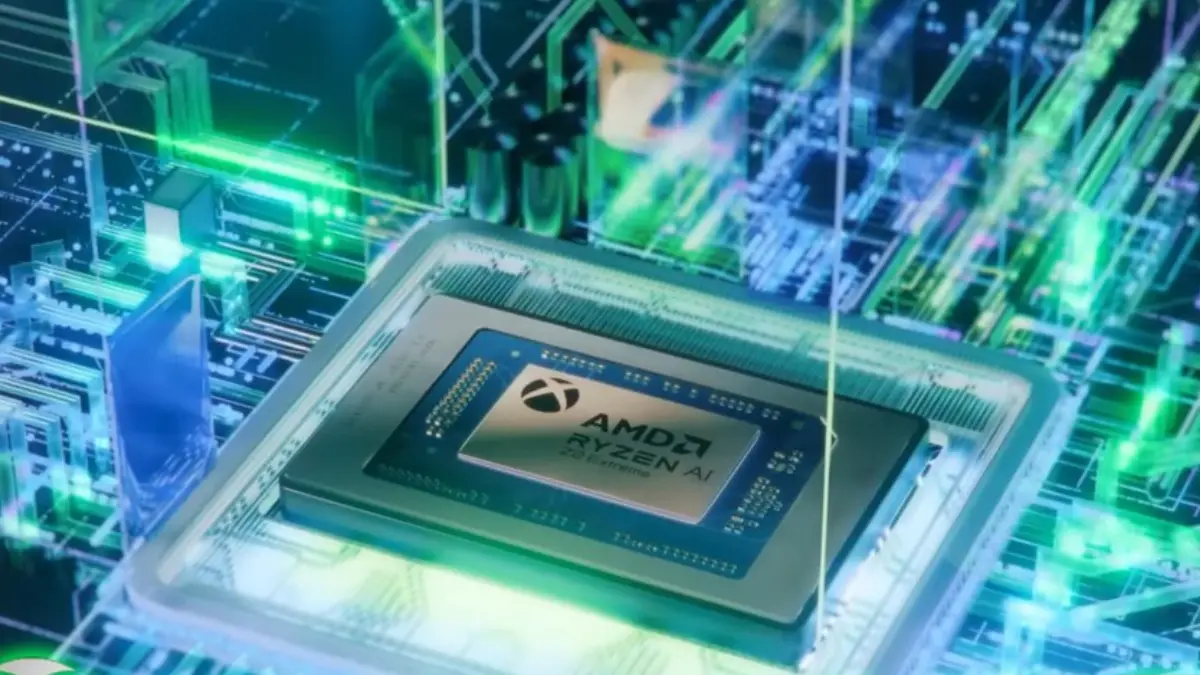An unverified report claims Microsoft scrapped plans for a dedicated Xbox handheld because AMD wanted a commitment to order 10 million custom chips. The story spread quickly across gaming news sites after surfacing from industry leaker Kepler_L2.
According to the claim, Microsoft approached AMD about building a custom system-on-chip for a handheld console. AMD allegedly required a 10 million unit minimum order to justify the costs of tooling, engineering work, and factory capacity allocation. Microsoft reportedly balked at the number and canceled the project.
The problem? Other well-known insiders say the story is wrong. Windows Central’s Jez Corden publicly disputed the “10 million minimum” account, calling aspects of it inaccurate. Neither Microsoft nor AMD has commented officially.
The alleged 10 million figure would indeed be a tall order. Steam Deck has sold roughly four–five million units since launching in 2022. The entire PC handheld market shipped under six million units from 2022–2024, according to IDC estimates. Other Windows handhelds like the ROG Ally and Legion Go have moved far fewer units individually.
For context, Sony’s PS Vita only reached about 15–16 million units across its entire lifetime. The Wii U topped out at 13.5 million. Non-Nintendo handhelds have a rough track record when it comes to volume.
Custom console chips are expensive to develop. Modern manufacturing requires costly mask sets, validation work, firmware development, and reserved factory space at foundries like TSMC. AMD’s semi-custom business typically relies on massive multi-year contracts like those for PlayStation and Xbox consoles to make the investment worthwhile.
A 10 million unit commitment would mean Microsoft betting big on a market that has historically been tough for everyone except Nintendo. The Switch family has sold over 140 million units. The DS reached 154 million. That gap is massive.
Microsoft’s current Xbox Series X and S consoles use AMD semi-custom chips, so the relationship and process are familiar. But a handheld targeting lower power consumption and battery life would require different design priorities and likely a different manufacturing node.
The report suggested Microsoft decided to pivot away from a dedicated handheld toward partnering with PC manufacturers on Windows-based devices. This lines up with what Microsoft has actually been doing. The company has improved Xbox app functionality on Windows handhelds and worked with OEM partners on controller-friendly interfaces.
Steam Deck uses a semi-custom AMD chip that’s believed to share DNA with a design originally made for Magic Leap 2. That approach let Valve reduce some development risk compared to building something entirely new. The updated OLED model moved to a 6nm process and removed unused features.
Off-the-shelf AMD chips like the Ryzen Z-series used in many Windows handhelds avoid the minimum order problem entirely. They don’t deliver the same tight hardware-software integration as a console-specific design, but they ship with far less upfront risk.
Why this rumor matters anyway
Whether the 10 million number is real or not, the underlying logic reflects genuine tensions in the handheld market. Microsoft would face serious risks launching dedicated hardware in a space where even Sony struggled. A Windows handheld strategy lets the company promote Xbox services without betting hundreds of millions on custom silicon.
The company has shifted focus toward Game Pass subscriptions, cloud gaming, and getting Xbox games on more devices. That approach makes more sense than trying to out-Nintendo Nintendo in the portable hardware game.
No dedicated Xbox handheld has been announced. Until Microsoft or AMD says otherwise, the specifics of any canceled project remain speculation.


